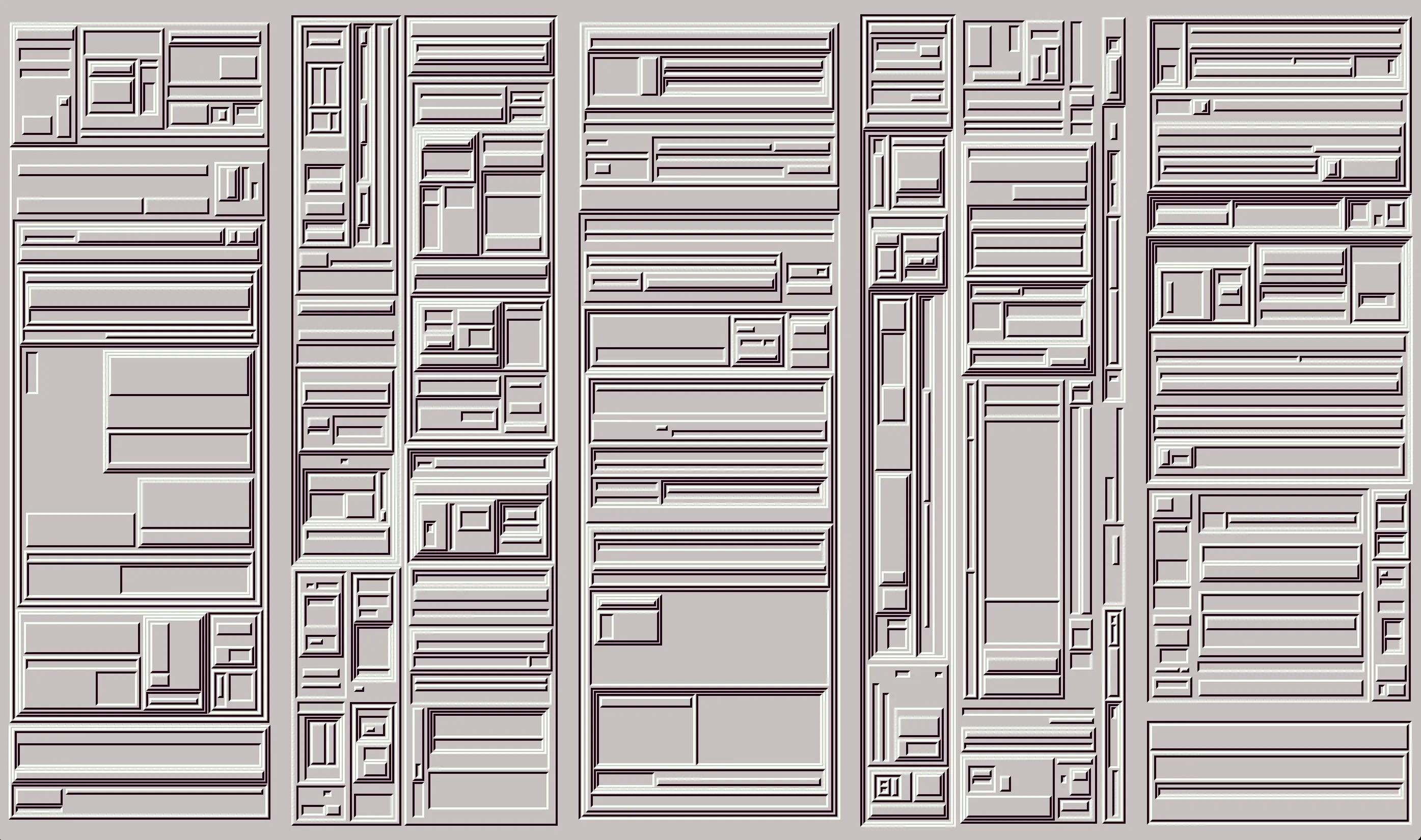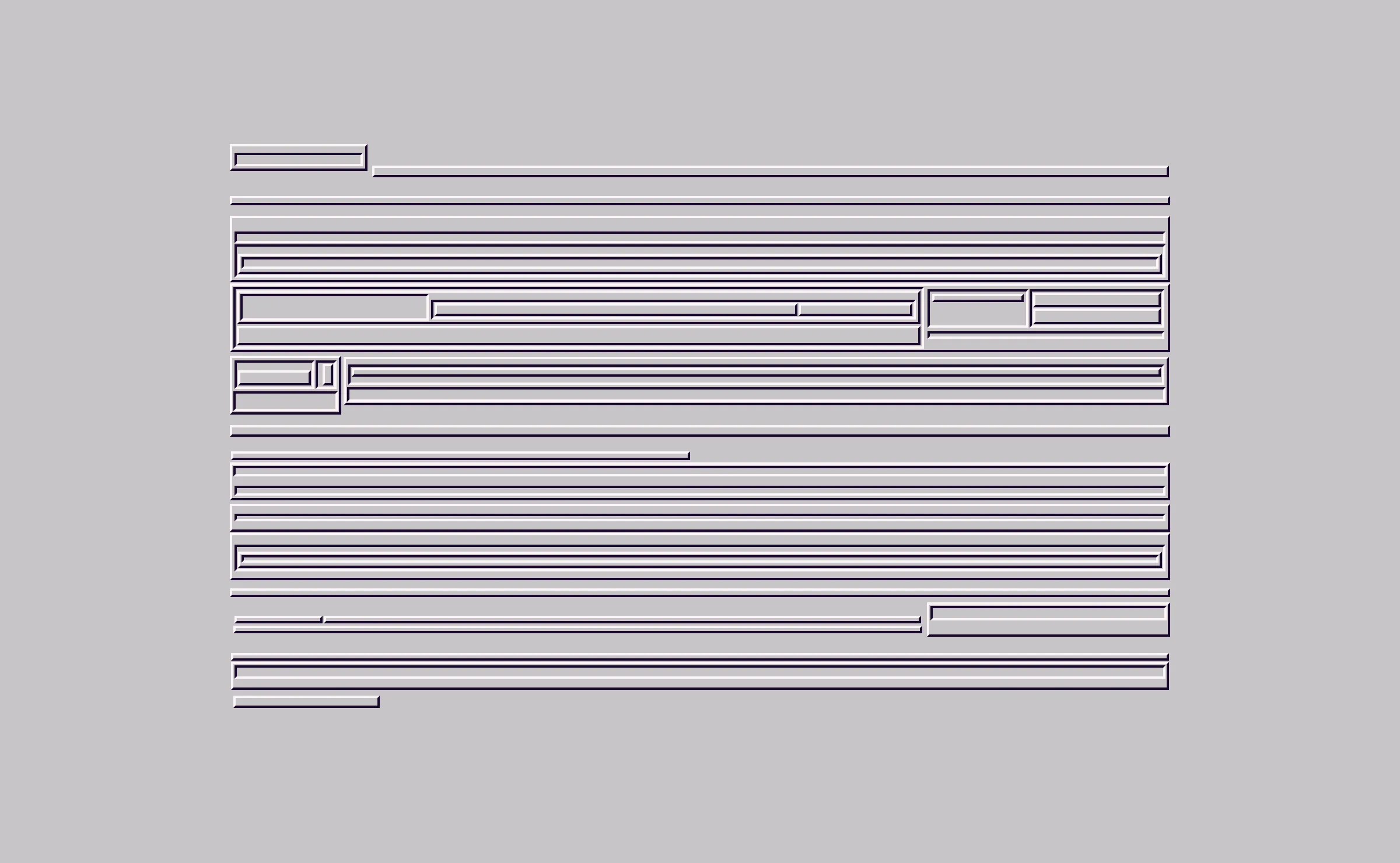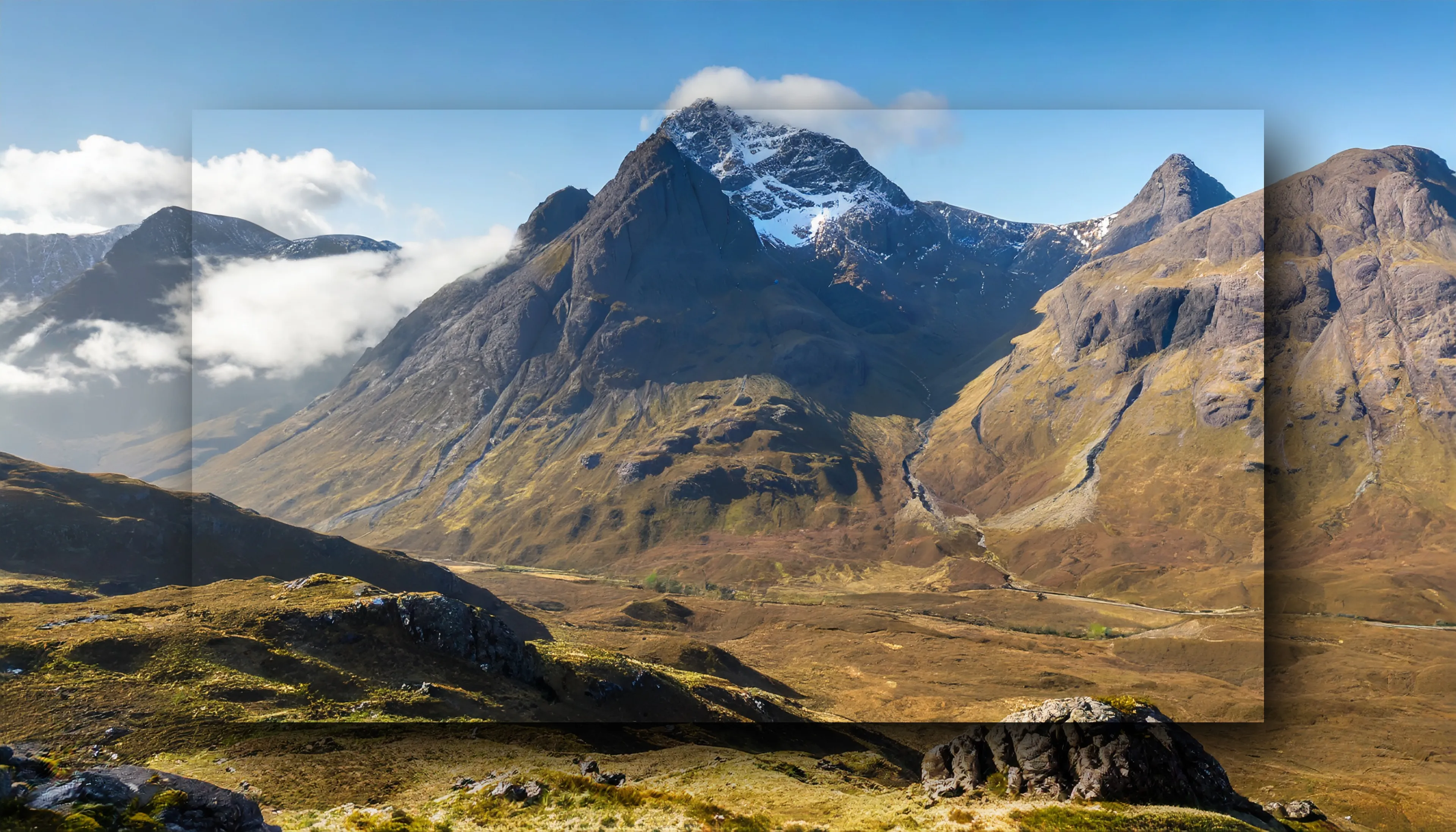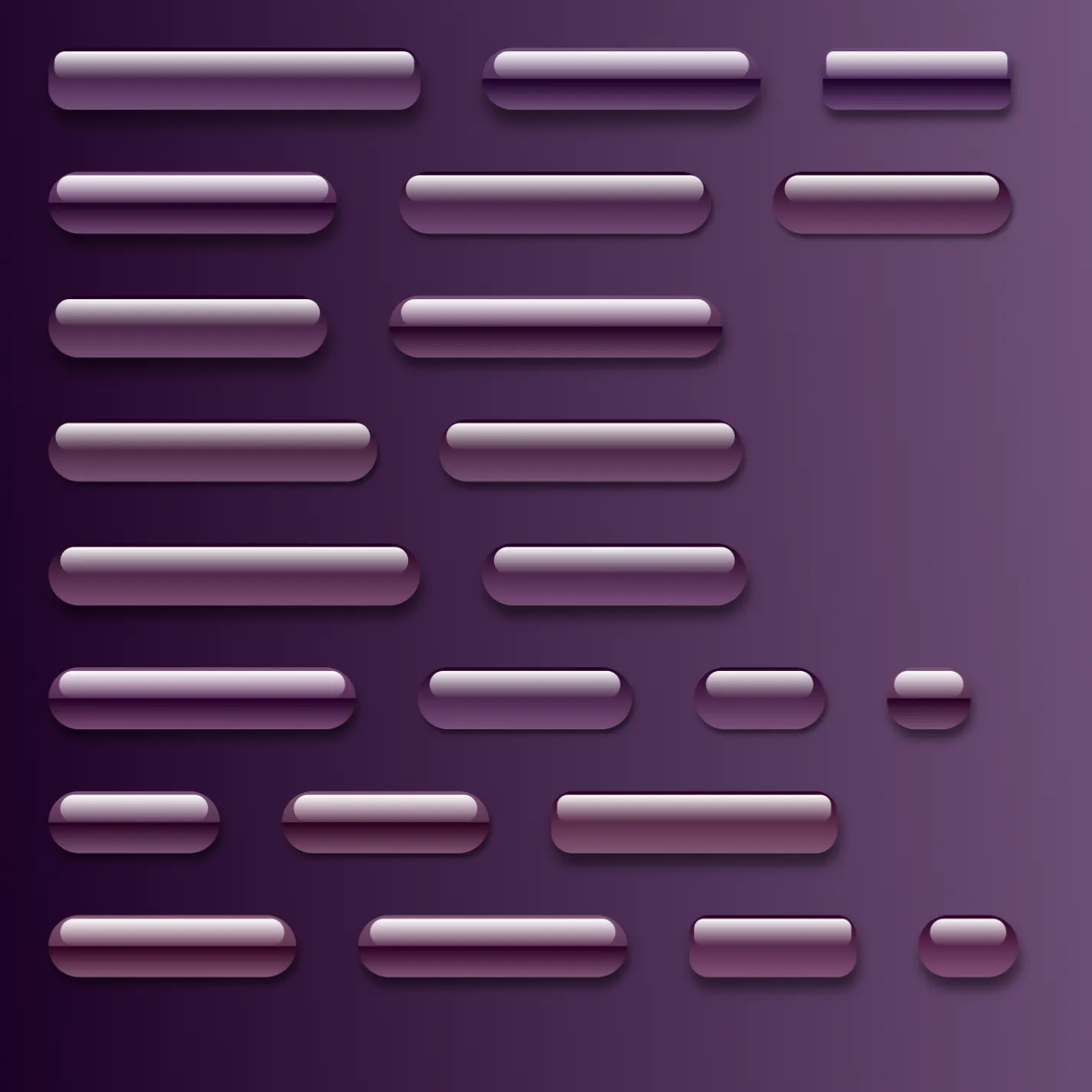The mid-grey chiseled computer interfaces of the late nineties tend to evoke early sculptures created in bas-relief, a technique arcing all the way back to stone carved petroglyphs that is as ancient as humankind's first steps in making art.
By carving into a flat surface, the play of shadow and light holds strangely between drawing and sculpture. – Flat and three dimensional at the same time, the bas-relief is an art discipline on its own.
Skipping past the more elaborate reliefs found in classical traditions around the world, this discipline takes a wondrous turn with chiaroscuro grisailles. Painted using only grayscale tones, these faux three-dimensional surface sculptures are created by only using highlights and shadows in paint.
It is this bridge that leads to the early computer interface, like an expanded grisaille, hyper-charged with interactivity and live procedurality. A double flattening of perception, brimming with its own reality. Both practices wish to be in two places at the same time, making the bas-relief appear destined for the computer interface: existing in a space of illusion, but also right here at our fingertips.
Similar to the most ancient uses of bas-relief, communicating early language in stone walls and tablets, these Bas-relief works are also scribed with coded shapes. Their boxes represent the language of data behind their making – programmatic code that allows humans and machines to communicate. The concentric shapes, columnar and tabular layouts, and interactive boolean states are presented as artifacts of digital language in a form like ancient tablets. These works immortalize this era for cultures looking back thousands of years from now, curious about the computer age and basic units of communication during this time.
Bas-relief, by Jan Robert Leegte, is a dedication to this long history leading to the computer interface, and an offering for millennia to come.
—
Bas-relief, 2024 
An engraving, a drawing and an interface.
These digital works are available directly from the Bas-relief algorithm, and are specifically chosen by initial collectors using the seed generator.
View series






